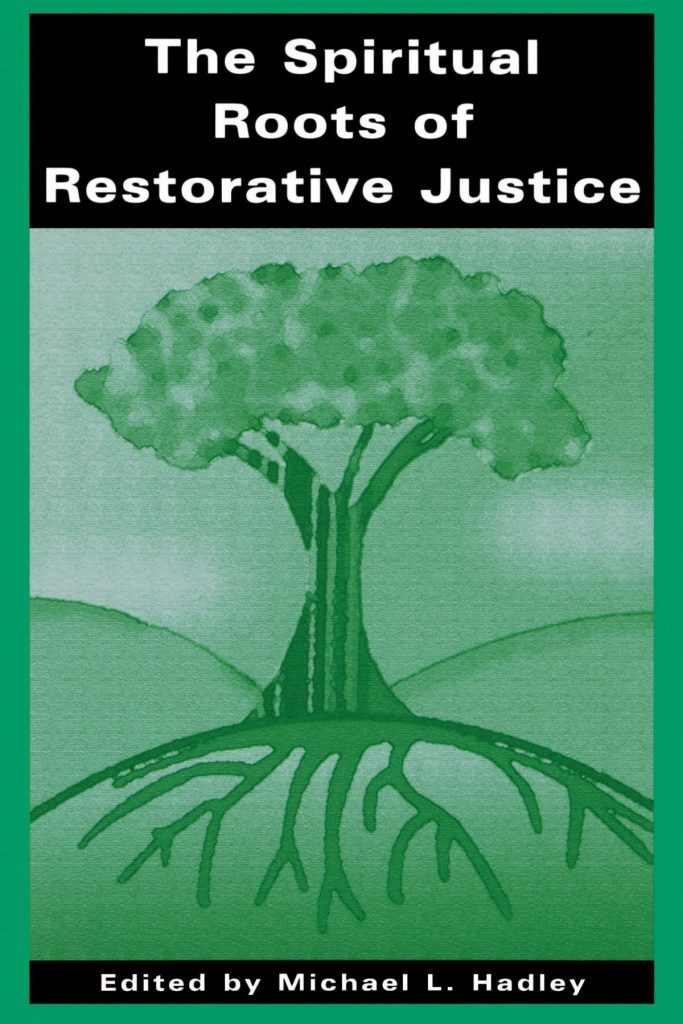Most conscious businesses subscribe to a Triple Bottom Line model of success. They aim to provide positive value in the domains of people, planet, and profit.
Profit
This is what distinguishes the entity as a business from the general social enterprise. The degree of understanding or “consciousness” of any conflict of interest between the profit motive and social goods varies widely from the standard sloganeering capital accumulating firm (“don’t be evil”) to those who seek nothing more than break-even to pay for their operations, are completely employee owned, etc…
People
A conscious business seeks to benefit both the external livelihood as well as the internal lives of its shareholders and employees. Furthermore, the business seeks to benefit all stakeholders including manufacturers, affected communities, and humanity at large. Some trends in conscious business which have arisen out of these efforts include:
- The forming of wellness affirming workplace cultures
- Improved employee benefit programs
- Use of fair trade materials for manufacture or sale
- Assistance to communities who supply raw materials
- Assistance to communities who manufacture materials
- Local community outreach programs
Planet
A conscious business will seek to minimize its impact on the environment, and replenish the environment where it is able. Conscious businesses may choose to benefit the environment in many different ways, some trends include:
- Robust recycling programs
- Building “green” or “zero-impact” workplace facilities
- Using solar or wind energy in the workplace
- Purchasing materials from organic or sustainable farmers
- Purchasing renewable and sustainable materials
- Working with environmentally conscious distributors
- Urging manufacturers and distributors to adopt better environmental practices
- Adopting sustainable product packaging
